Rockinruby
Ideal_Rock
- Joined
- Dec 27, 2013
- Messages
- 2,740
Unbearably Cute Sloth Pics To Celebrate The International Sloth Day! 


Enjoy!
http://www.boredpanda.com/cute-sloths/
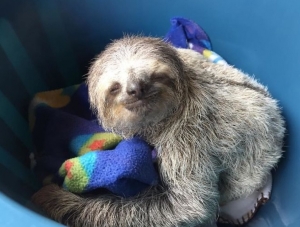
Enjoy!
http://www.boredpanda.com/cute-sloths/



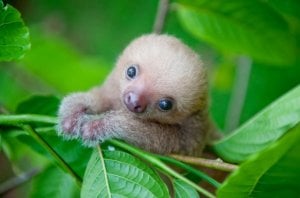
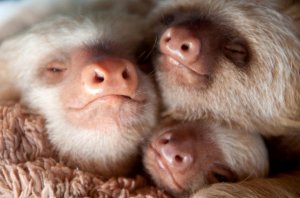
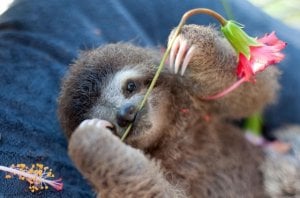
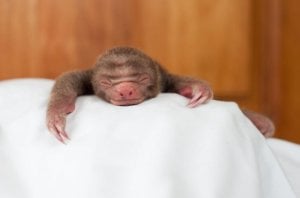


300x240.png)